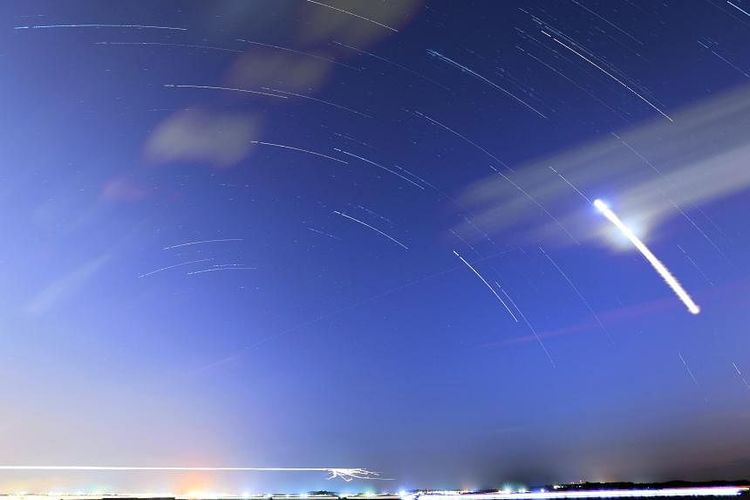Perseid meteor shower expected to peak in Singapore on Aug 12 ...

Updated
Aug 12, 2024, 05:33 PM
Published
Aug 12, 2024, 04:44 PM
SINGAPORE – The Perseid meteor shower can be seen from Singapore from the evening of Aug 12 to the following morning, if the skies are clear.
It will be more observable past midnight, when the radiant point of the shower rises and the moon sets, said Mr Hirwan Shah, president of the NUS Astronomical Society.
The radiant point is the location in the sky where meteors appear to originate.
The public can expect to see an average of around three to seven meteors per hour, based on independent calculations by the NUS Astronomical Society, added Mr Hirwan.
Between midnight on Aug 12 and 4am on Aug 13, up to 50 to 100 meteors per hour are expected, with bright and fast-moving streaks across the sky, said the Science Centre Observatory (SCOB).
Mr Hirwan said Singapore’s position on Earth faces where the meteors are coming from during these four hours, so more of them can be observed.
No special equipment is required to view the meteor shower as it can be seen with the naked eye, the observatory added.
For a clearer view, stargazers are advised to find darker locations with an unobstructed view of the sky, such as parks, beaches, reservoirs or open spaces away from artificial lights.
“Light pollution in Singapore can affect visibility of this occurrence and it can be challenging to view it due to the country’s frequent cloud cover,” said SCOB.
According to the Meteorological Service Singapore’s 24-hour forecast, it will be partly cloudy from Aug 12 at 6pm to Aug 13 at 6am.
The Perseid meteor shower is a celestial phenomenon that occurs every year from mid-July to late August. The meteors are called the Perseids because they appear from the general direction of the constellation Perseus.
This is one of the most spectacular of the year, as the meteors frequently leave streaks of light and colour behind them as they move through Earth’s atmosphere.
A meteor is a space rock that enters Earth’s atmosphere when Earth passes through a cloud of debris left behind from the tail of a comet.
Comets are icy bodies made of frozen gases, rocks and dust left over from the formation of the solar system roughly 4.6 billion years ago.
As the Earth orbits the Sun and crosses into the debris trails, the materials collide into Earth’s atmosphere.
Meteor showers are formed when the Earth encounters many meteors at once.
Earth goes through these debris trails every year, so it can be predicted when the meteor showers occur on an annual basis.
Though the Perseids occur every year, a potential Perseid meteor storm is anticipated in 2028, according to SCOB. During a meteor storm, there are at least 1,000 meteors an hour.
Other celestial events expected for the rest of 2024 include the Sturgeon Moon on Aug 20, the Harvest Moon on Sept 18, the Hunter’s Moon on Oct 17, and the Geminids meteor shower, which is expected to peak during the night and early morning of Dec 13 to 14.
Please send your photos of the Perseid meteor shower to [email protected]















































